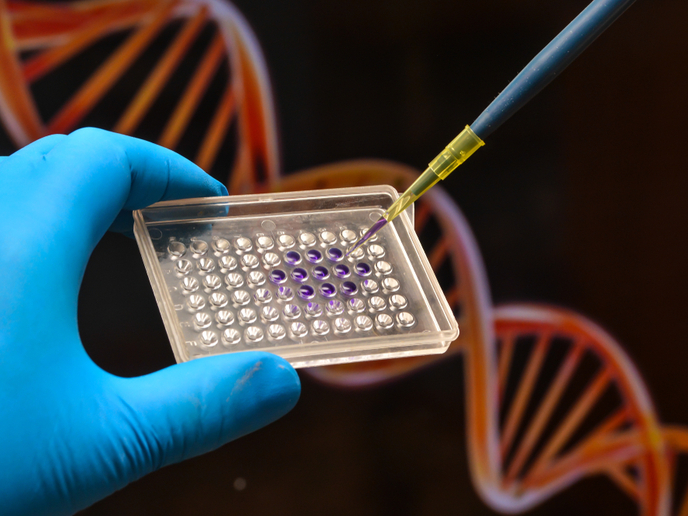A major boost for metagenomics research in Europe
The advent of more powerful and cost-effective DNA sequencing technologies has expanded gene discovery and characterisation studies from single organisms, through microbiomes, to complex invertebrate and vertebrate communities. Insights gained from metagenomes increase knowledge on species richness and their relative abundance (biodiversity assessment), how species sort into different habitats (species sorting) and their role in food webs. What’s more, several organisms are used to monitor environmental changes and serve as excellent models for understanding biological interactions and evolutionary changes. The EU-funded project EnvMetaGen(opens in new window) has been established to upgrade the research and technological capacity of InBIO, thereby increasing research quality and output in metagenomics. The funding mechanism has enabled the institute to build a team comprising a number of international researchers in addition to researchers of Portuguese origin who have left the country. So far, InBIO(opens in new window) has successfully sustained collaboration with more than 12 organisations and institutes across Europe. A reference collection for insects A major project output was the launch of the InBIO Barcoding Initiative – a campaign to collect DNA barcodes of Portuguese invertebrate taxa. So far, researchers have barcoded thousands of invertebrate species, especially insects, including agricultural and forest pests, novel exotic species in Europe and species new to science. This initiative is particularly important given the lack of comprehensive reference collections in the Mediterranean Basin Biodiversity Hotspot, especially for invertebrate taxa, which hinders the application of metagenomics approaches in biodiversity research. For instance, through this initiative it was possible to barcode a number of highly diverse aquatic insects such as mayflies, stoneflies, caddisflies, and dragonflies and damselflies, for which barcodes were missing. “These insects found in freshwater habitats spend their larval stage under the water. Their high sensitivity to changes in the environment makes them excellent indicators of aquatic ecosystem health,” says project coordinator Dr Pedro Beja. Metagenomics benefits Environmental DNA analysed by metagenomics offers a simple method of studying organisms that are elusive or endangered without introducing anthropogenic stress onto them. Furthermore, it is useful for detecting species at the early stage of invasion when they are found at low population densities. Metagenomics also offers a powerful tool for assessing biodiversity within a habitat. With this in mind, researchers focused on improved methods of isolating and extracting DNA for metabarcoding analysis of small bodies of turbid waters that occur in arid areas. Results are highly relevant for biodiversity assessment as these waters are typically home to a large number of different species of vertebrates. Another study focused on how use of water sample preservatives such as ethanol can improve DNA metabarcoding of macroinvertebrates. “Retrieving species DNA from water samples offers an effective and low-cost method of monitoring degradation of the aquatic environment,” explains Dr Beja. EnvMetaGen has also harnessed the power of metagenomics to further understanding on species’ dietary habits through analysis of DNA fragments isolated from faeces of bats, birds and other vertebrates. “Identifying and quantifying trophic links amongst species can help build more detailed and complex food webs than ever,” Dr Beja concludes. “For example, a better insight into the interactions between predators and agricultural pests may help reduce pesticide use in European farming systems.” Project results have been communicated through numerous papers published in peer-reviewed journals. Participation in several conferences and organisation of workshops also help ensure that valuable results are disseminated.



